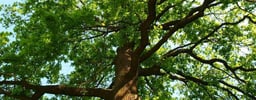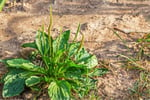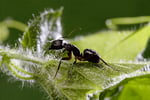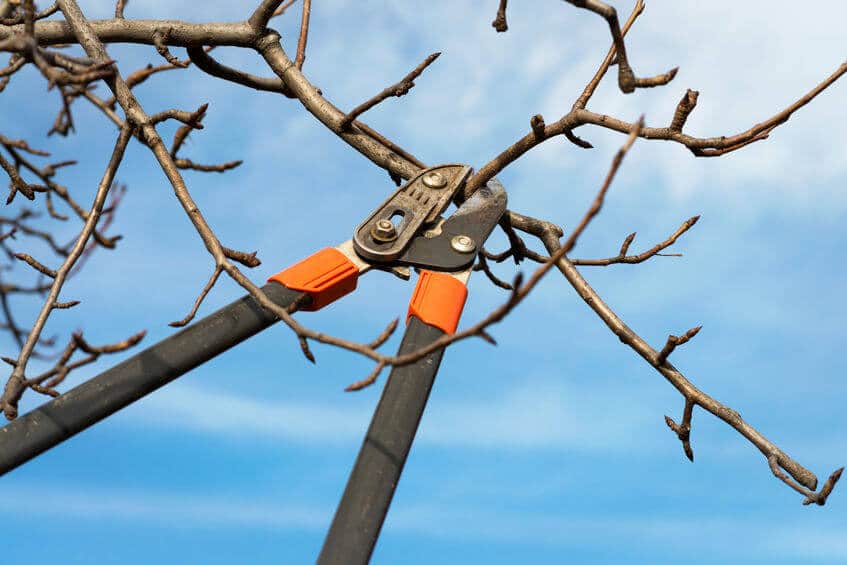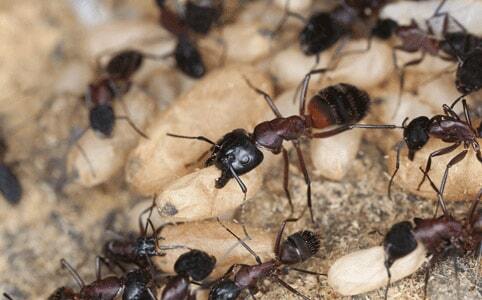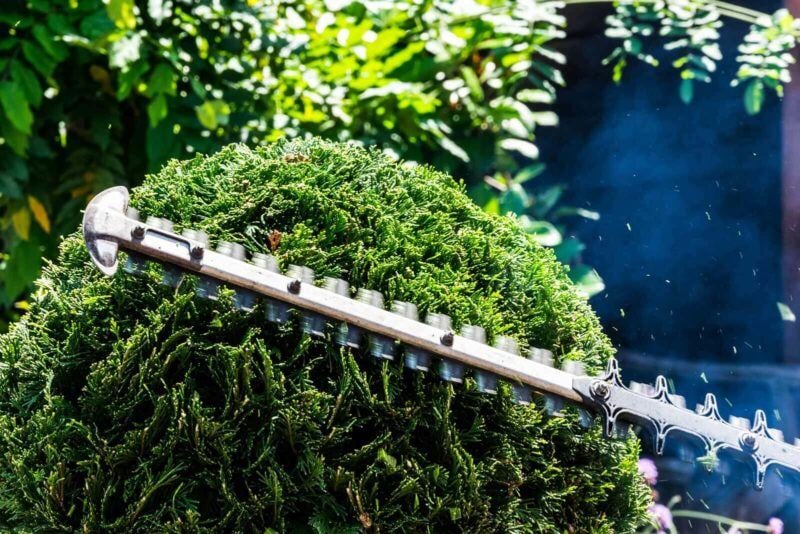As with many brown patch lawn diseases, it can be difficult for home and business owners to diagnose Necrotic Ring Spot on their own as it resembles several other grass diseases. Misdiagnosed, it’s very possible for the fungal disease to spread, undetected under the soil, and return with a vengeance the following year or even just a few months later.
If you notice a brown patch on your lawn during cool, wet months, there’s a chance it could be a lawn disease. Necrotic Ring Spot is characterized by circles of dead or dying grass that start off small and continue to grow (as well as spread to form new spots).
Late spring and early fall tend to be Necrotic Ring Spot’s most prolific time of growth and spread. Look for clusters of brown, dying grass and collapse of the entire blade. If you pull a blade from the soil, its roots may be dark brown or black due to the present fungi.
Often, though not always, as a necrotic ring spot expands, grass in the center of the circle will slowly begin to regrow – leaving just the outer-edge brown. This ring effect is where NRS gets its name.


.png?width=1142&height=1350&name=Holiday%20Decor%202025%20LP%20-%20548x648%20%20(1).png)


